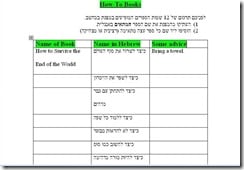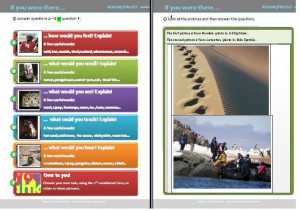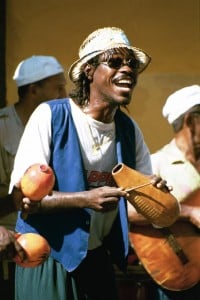Unlike the situation described in my previous post, I have unequivocally found that teaching “unplugged” in the self-contained classroom has major advantages for the special-needs learner.
In fact, in my classes I have found that the pupils whose hearing loss is just one of a myriad of problems (such as an additional handicap, problematic home life, etc.) respond to it the best.
Let’s take, for example, the “rainy day” lesson I previously posted about. This group of very weak deaf 12th graders, ages ranging from 18-20, have difficulty focusing on the best of days. I would never have gotten them to work from the coursebook after they got wet on their way to class from an unexpected rainfall. Yet by creating together, on the whiteboard, a 5 sentence story describing one of the girl’s experiences on the way to school that morning (why she had no umbrella and how she got wet…) I had the girls’ attention. They stayed focused when we finished writing the “story”, had 3 rounds of “disappearing text” ( I erased words from the story and they came to the board to fill them back in. Each time I erased more words) and then answered WH questions which I wrote on the board.
They practiced reading comprehension skills and grammar. I was thrilled!
But there’s always a “but”.
These 12th grade girls have a TERRIBLY small vocabulary.
In our vocabulary project I have a set of 50 irregular verbs that I wanted them to master and they spent months on it. One of the four still can’t remember them all.
I supplied the vocabulary needed to complete this “Rainy Day” story (for example, “wet”, “rain”, “umbrella” and “socks”). On one hand I was completely justified in doing so because the benefits were enormous and the girls learned a lot. The story HAD to be about what was on their minds at that moment and I supplied the vocabulary needed to make it happen.
But we haven’t used these words since. And if the lessons are not related to a coursebook at all, how do I make sure these pupils are exposed to the vocabulary items “recycled” in many ways, as they are in a coursebook?

















